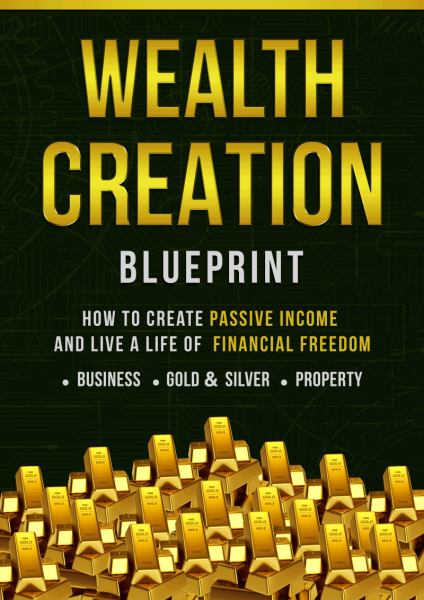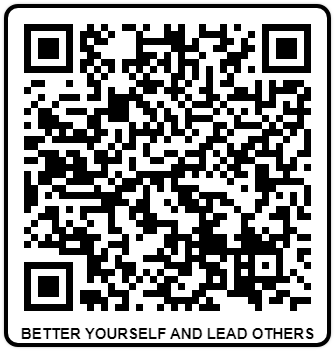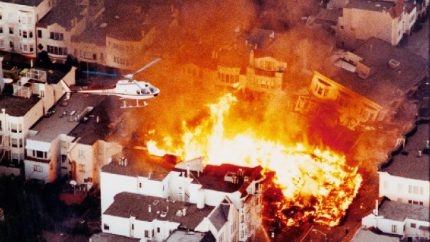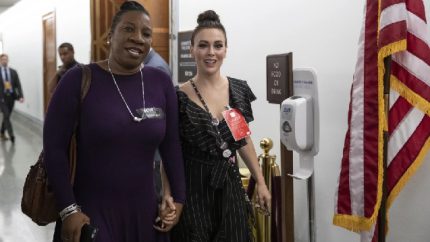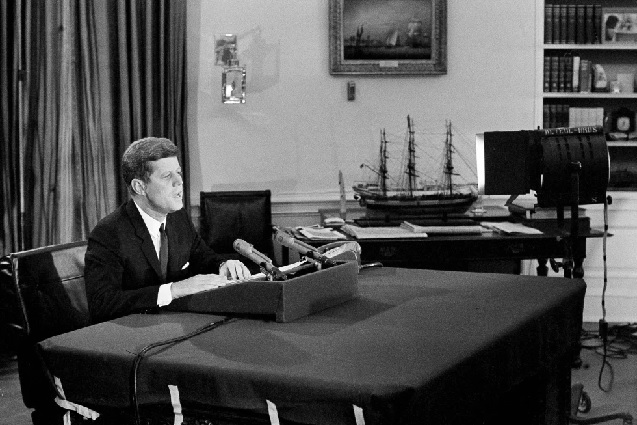
1962: The Cuban Missile Crisis Begins
On October 16, 1962, President John F. Kennedy was informed that reconnaissance photos had revealed nuclear missile installations in Cuba, setting off the Cuban Missile Crisis. This event pushed the world to the brink of nuclear war as the United States and the Soviet Union faced off over the threat just 90 miles from American shores. The crisis, which lasted 13 days, is considered one of the tensest periods in Cold War history, demonstrating how fragile global peace can be when nuclear weapons are involved.
1758: Birth of Noah Webster
Noah Webster, born on October 16, 1758, in Hartford, Connecticut, was an American lexicographer whose work fundamentally shaped the English language in the United States. His most famous contribution, the publication of An American Dictionary of the English Language in 1828, standardized American English spelling and usage. Webster’s efforts helped solidify a distinct national identity for the newly independent country, ensuring that language would be a unifying force in the development of American culture.
1793: The Execution of Marie Antoinette
On this day in 1793, Marie Antoinette, the queen of France, was executed by guillotine during the height of the French Revolution. Her death symbolized the downfall of the monarchy and the violent upheaval of French society. Marie Antoinette’s extravagant lifestyle and perceived indifference to the suffering of the French people made her a target for revolutionary forces, and her execution marked a turning point toward the radicalization of the Revolution.
1859: John Brown’s Raid on Harpers Ferry
Radical abolitionist John Brown led a raid on the U.S. arsenal at Harpers Ferry on October 16, 1859, in a bold attempt to incite a slave rebellion. Though the raid failed, with 10 of his men killed and Brown captured, the event stoked the flames of division between North and South. Brown’s execution made him a martyr to the abolitionist cause, further polarizing the nation and contributing to the outbreak of the Civil War two years later.
1934: Chinese Long March Begins
On this date in 1934, Chinese Communists, under siege by Nationalist forces, began their legendary Long March. This year-long, 6,000-mile retreat from southeastern to northwestern China was a pivotal moment in the Chinese Civil War. Although it was a military defeat, the Communist forces’ survival and eventual regrouping under Mao Zedong helped solidify the movement’s strength, leading to the establishment of the People’s Republic of China in 1949.
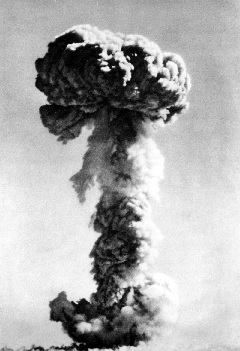
1964: China Tests Its First Atomic Bomb
On October 16, 1964, China successfully detonated its first atomic bomb, codenamed “596,” at the Lop Nur Test Ground. This event marked China’s entry into the exclusive club of nuclear powers, shifting the global balance of power during the Cold War. The successful test symbolized China’s growing geopolitical influence and its determination to be a dominant force in international affairs.
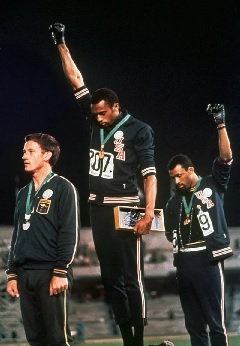
1968: Black Power Salute at the Olympics
At the 1968 Mexico City Olympics, American athletes Tommie Smith and John Carlos raised their fists in a Black Power salute during their victory ceremony after winning gold and bronze medals in the 200-meter race. The gesture was a protest against racial injustice in the United States, sparking both controversy and widespread conversation about civil rights. Their act of defiance remains one of the most iconic moments in the history of sports activism.
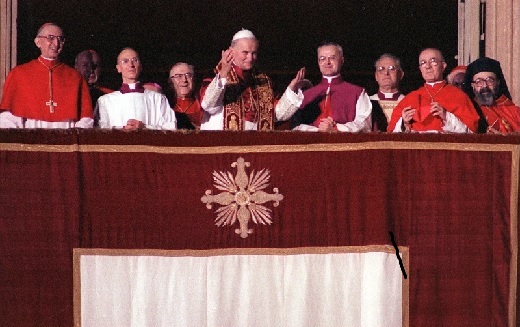
1978: Pope John Paul II Elected
On October 16, 1978, Cardinal Karol Wojtyla of Poland was elected as Pope, taking the name John Paul II. His election was historic, as he became the first non-Italian pope in more than 450 years. John Paul II would go on to play a significant role in the fall of communism in Eastern Europe, particularly in his native Poland, and become one of the most influential religious figures of the 20th century.
1984: Desmond Tutu Wins Nobel Peace Prize
Anglican Bishop Desmond Tutu was awarded the Nobel Peace Prize on October 16, 1984, for his relentless, non-violent opposition to apartheid in South Africa. Tutu’s leadership in advocating for racial equality and human rights elevated the international spotlight on the atrocities of apartheid, playing a key role in the eventual dismantling of the system and the emergence of a democratic South Africa.
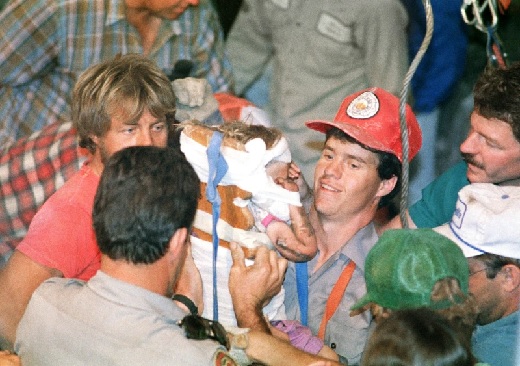
1987: The Rescue of “Baby Jessica”
On this day in 1987, 18-month-old Jessica McClure was rescued after being trapped for over two days in an abandoned well in Midland, Texas. The dramatic rescue was broadcast live across the country, captivating the hearts of millions. The successful efforts to save “Baby Jessica” highlighted the power of community spirit and technological ingenuity in times of crisis.
1991: Luby’s Cafeteria Massacre
On October 16, 1991, a gunman opened fire at a Luby’s Cafeteria in Killeen, Texas, killing 23 people before taking his own life. At the time, it was the deadliest mass shooting in U.S. history. The massacre spurred a national debate on gun control laws, with lasting effects on the country’s approach to public safety and firearms regulation.
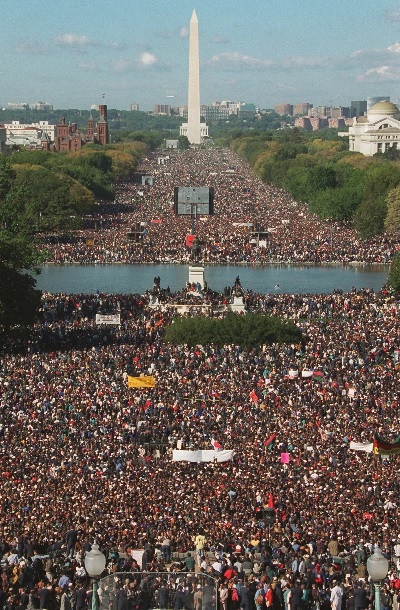
1995: The Million Man March
The Million Man March, held in Washington D.C. on October 16, 1995, was a historic gathering of Black men aimed at promoting unity, self-reliance, and social justice. Organized by Nation of Islam leader Louis Farrakhan, the march addressed pressing issues such as economic inequality and systemic racism, serving as a powerful reminder of the ongoing struggles African Americans faced in the post-civil rights era.
2017: Bowe Bergdahl Pleads Guilty
On October 16, 2017, Army Sgt. Bowe Bergdahl, who had been held captive by the Taliban for five years, pleaded guilty to charges of desertion and endangering his comrades. Bergdahl’s case, which drew national attention, raised serious questions about military duty, loyalty, and the treatment of soldiers in captivity. His actions and subsequent trial ignited debates on how to balance justice with the complexities of war.
